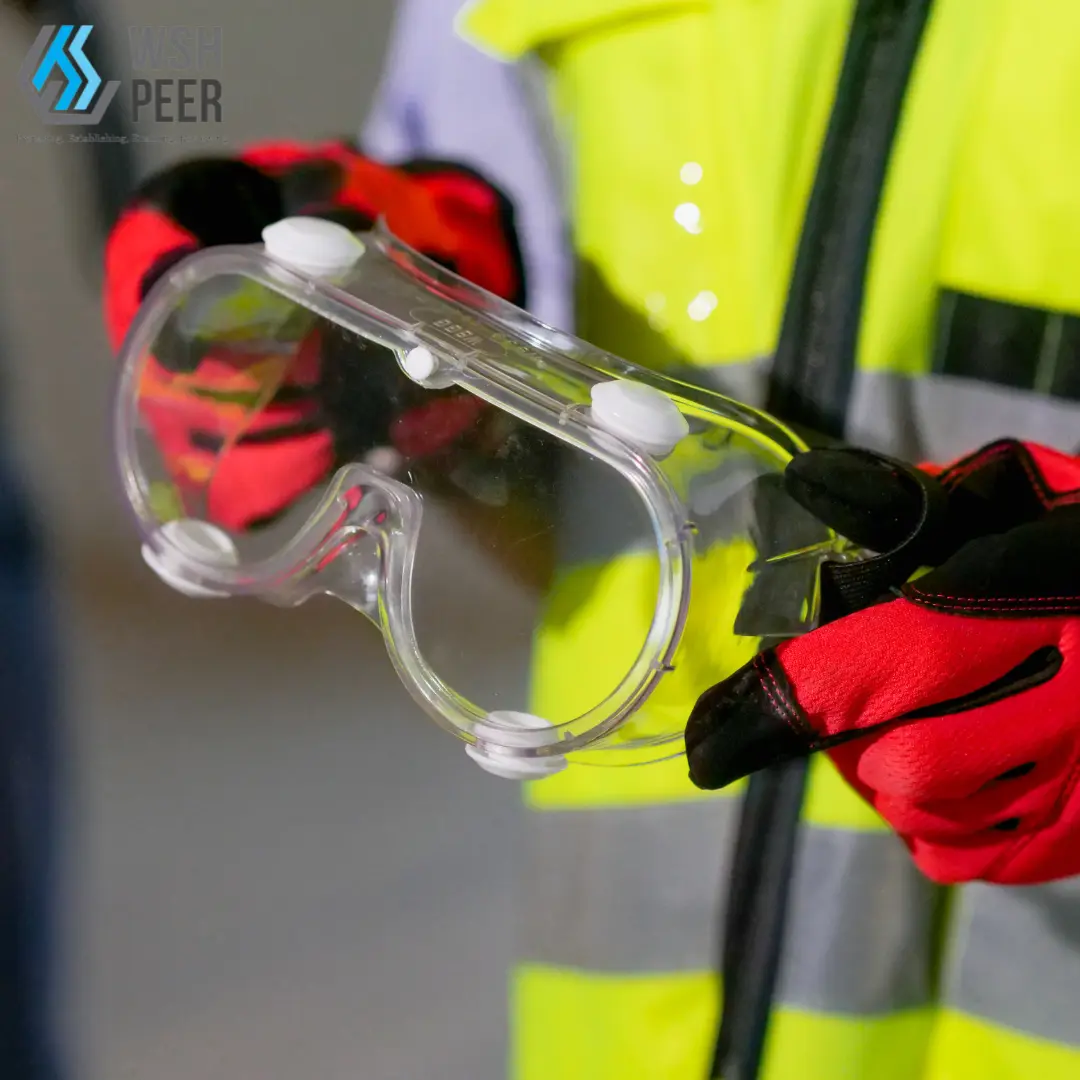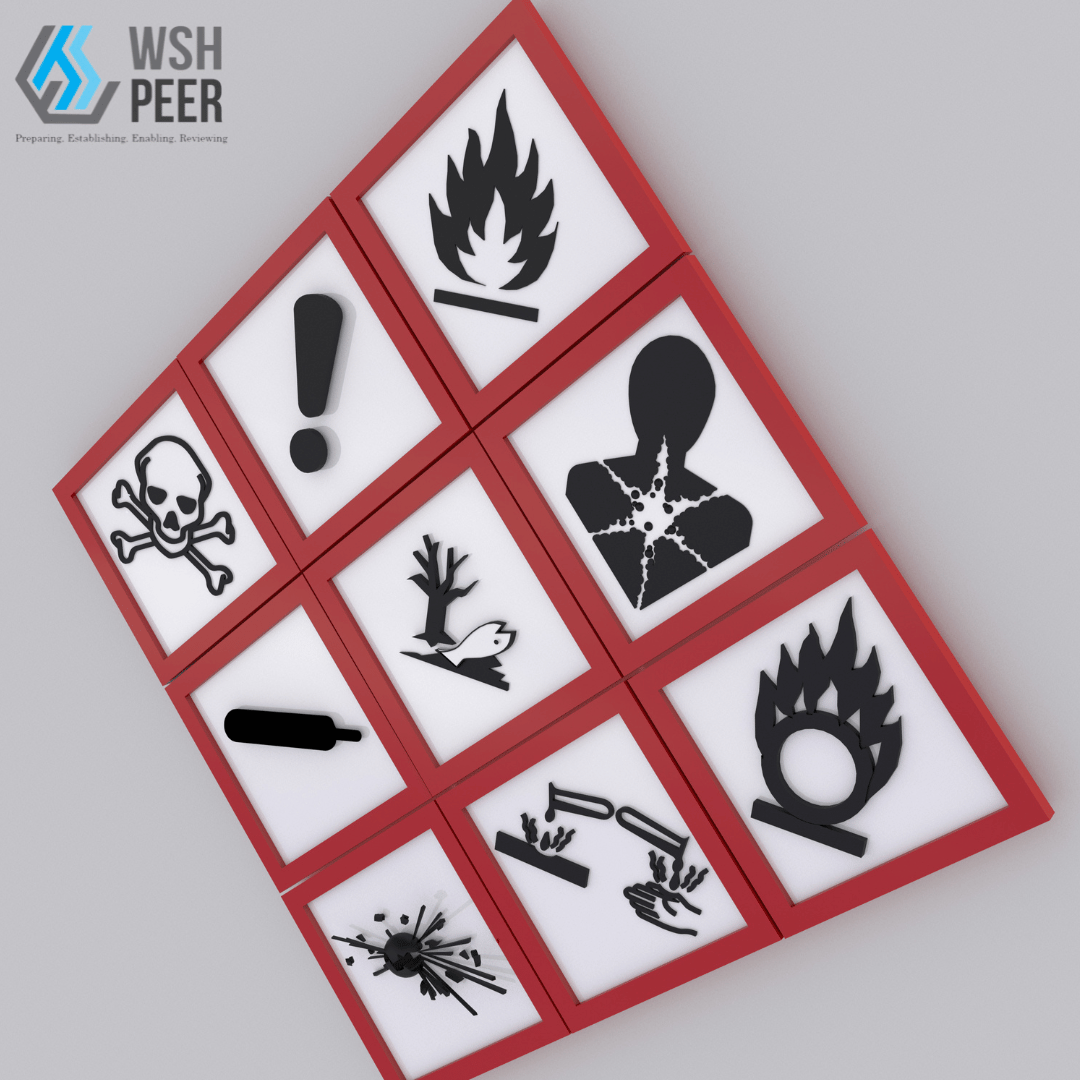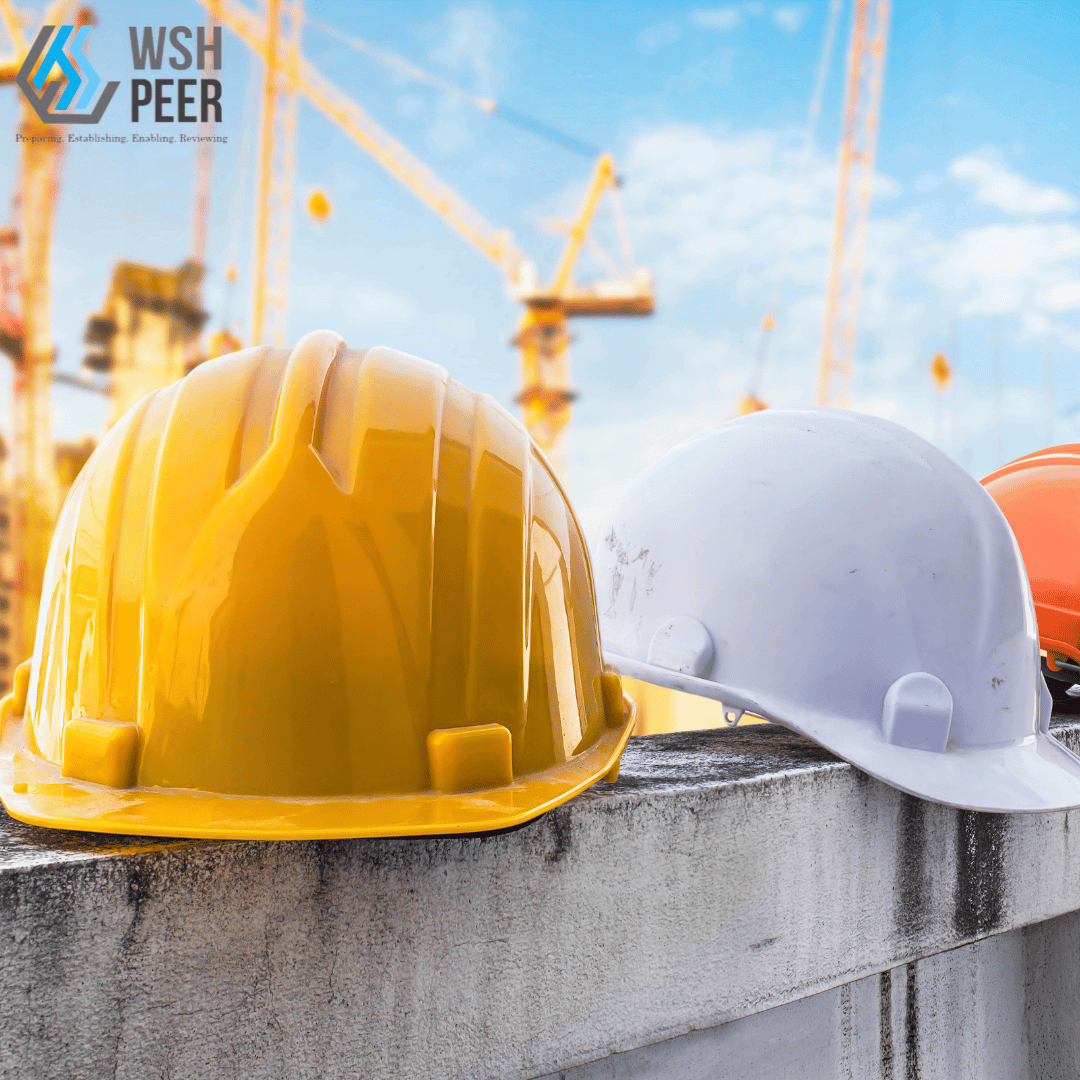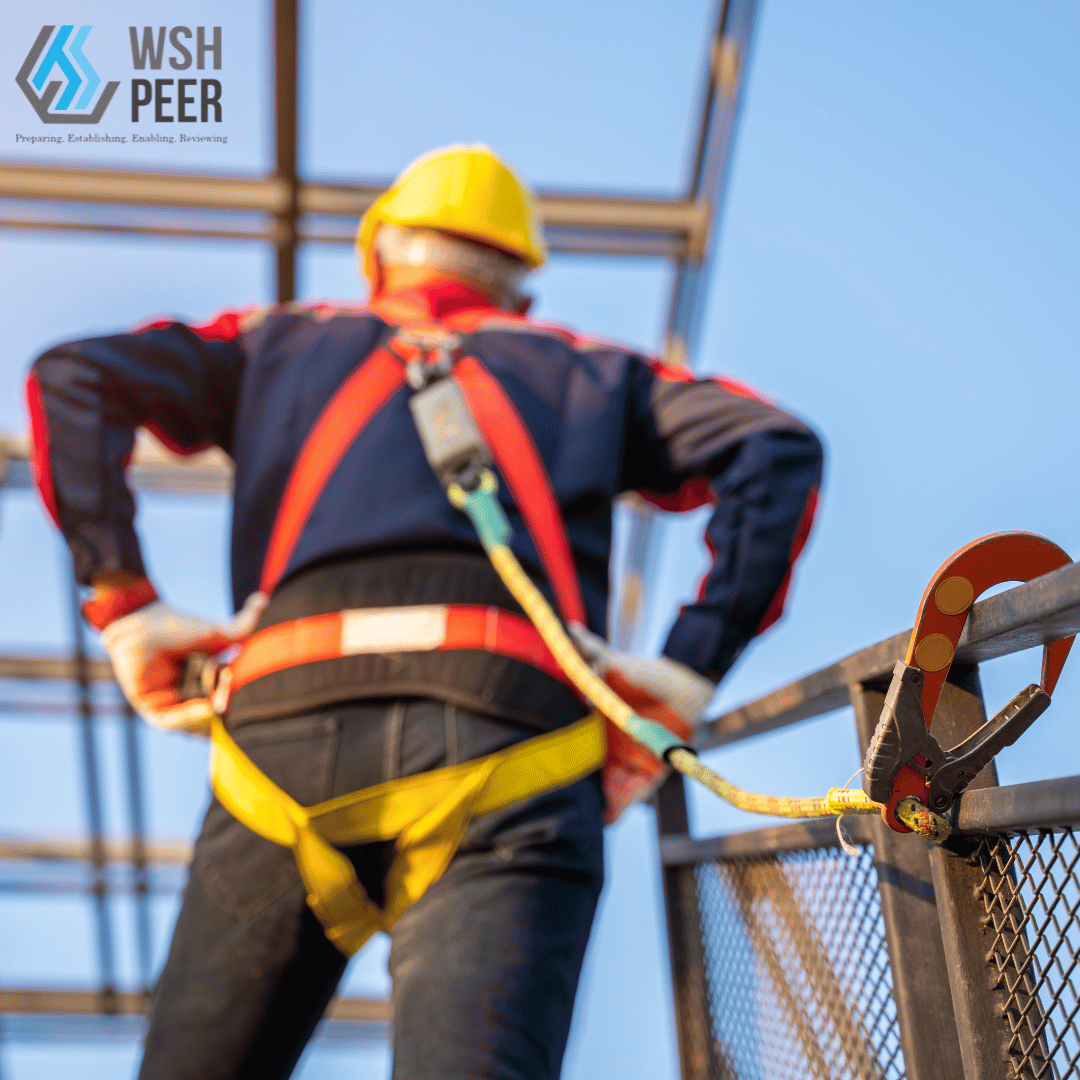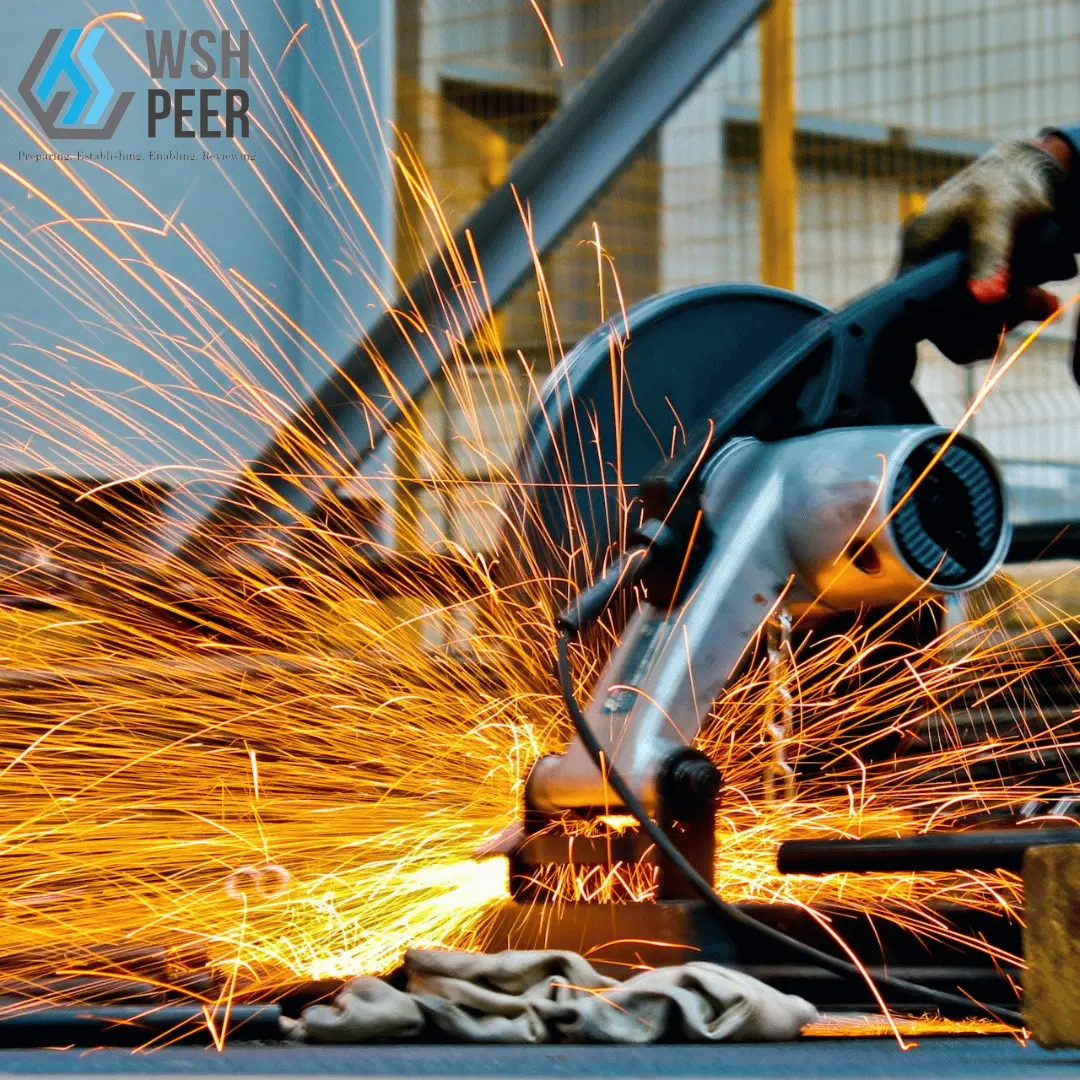When it comes to workplace safety, protecting your eyes isn’t optional, it’s essential. Your eyes are not only incredibly sensitive but also constantly exposed to risks, especially in industrial settings. Whether you’re on a construction site, in a lab, or working in a metal workshop, safety glasses are your first and most important shield against injury.
These glasses are designed to protect your eyes from flying debris, dust, chemicals, and even harsh light. Choosing the right pair can be the difference between finishing your shift safely or ending up in the emergency room.
In this guide, we’ll break down the different types of safety glasses and help you figure out which one best fits your work environment.
Why Safety Glasses Matter in the Workplace
Each year, thousands of eye injuries occur at work, many of which are preventable with proper eye protection. Here’s why wearing safety glasses is essential:
Prevent eye injuries from flying particles, splashes, sparks, or radiation.
Comply with safety regulations, including OSHA standards for eye and face protection.
Maintain productivity by reducing workplace incidents and downtime.
Protect long-term vision, especially in high-risk tasks like welding, grinding, or chemical handling.
For safety officers, site managers, and small business owners, ensuring workers use the correct type of eye protection is key to maintaining a safe and compliant workplace.
Types of Safety Glasses and Their Functions
Not all safety glasses are created equal. Depending on your work environment and exposure risks, you’ll need different types of protective eyewear. Let’s break down the most common types:
Safety Spectacles
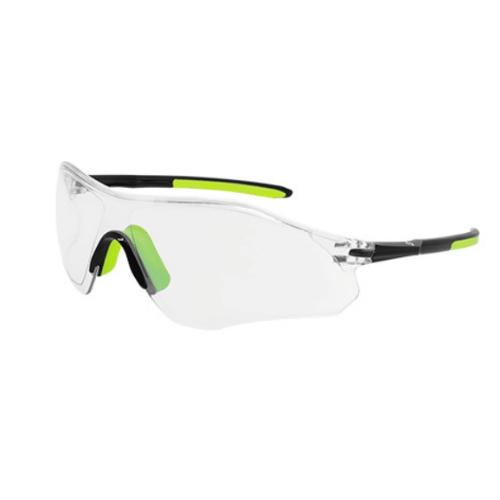
Also known as clear safety glasses, these resemble regular eyewear but are made from impact-resistant materials like polycarbonate.
They are lightweight, durable, and available in various lens colors to suit different working conditions. Clear lenses offer basic protection against flying particles and general debris.
Yellow lenses improve visibility in low-light areas and help reduce blue light exposure, while gray or brown lenses provide UV protection and reduce glare, making them ideal for outdoor work.
These glasses typically feature strong plastic or metal frames, come in adjustable sizes and styles for comfort, and are commonly used in production areas, workshops, and assembly lines.
Safety Goggles (Overspecs)
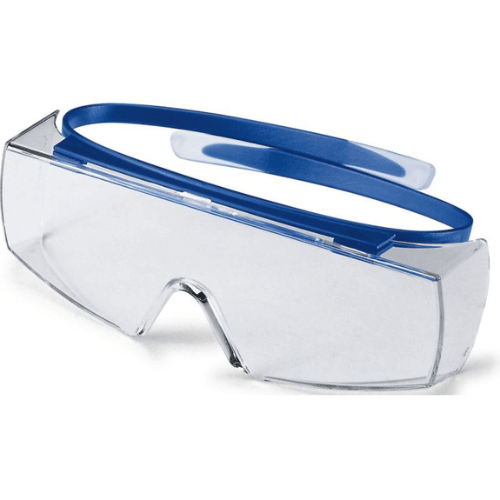
Safety goggles are designed with a wraparound, sealed fit that offers superior protection against dust, chemical splashes, and airborne particles.
They are especially useful in environments where regular safety glasses may not provide enough coverage.
Commonly used in laboratories, construction sites, and manufacturing plants, these goggles are built for high-risk settings.
Many models come with anti-fog and anti-scratch coatings for better visibility and durability. Elastic straps allow for an adjustable, secure fit, while foam or rubber linings help eliminate gaps and improve comfort.
Safety goggles are the ideal choice when working in conditions with high particulate exposure or potential chemical hazards.
Face Shields: Full-Face Barrier
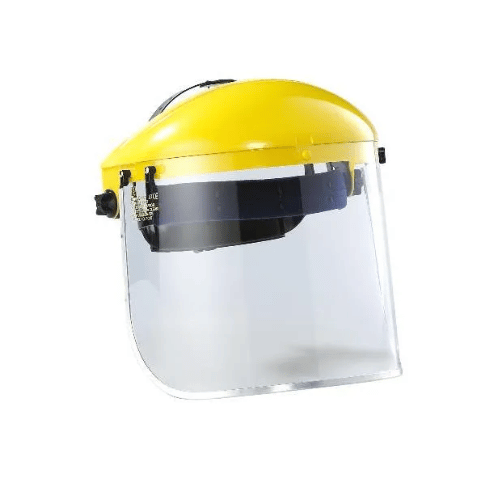
Face shields, widely recognized during the COVID-19 pandemic, provide full-face protection against droplets, splashes, and airborne particles. They come in two main types: medical face shields, commonly used in healthcare settings, and industrial face shields, which are built for tasks involving chemicals, grinding, or spraying. While face shields offer broad coverage, they don’t form a complete seal around the eyes. For full protection, it’s important to wear safety spectacles underneath, as shields alone are not sufficient for safeguarding against all hazards.
Visors
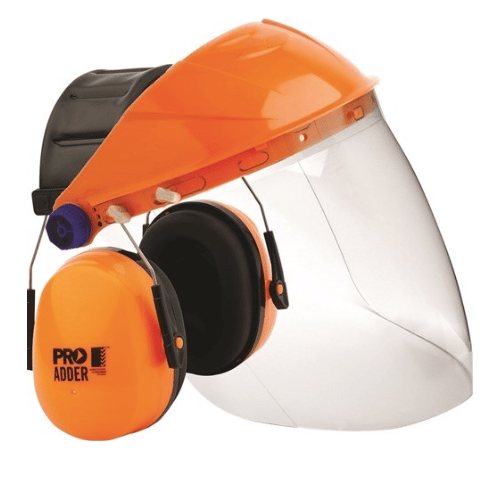
Visors, also known as browguards, offer an added layer of protection beyond standard face shields by incorporating a head-mounted guard.
Designed for demanding industrial environments, they are ideal for tasks such as handling molten metals, mixing chemicals, or working near high-heat equipment like industrial dryers.
These visors feature adjustable headbands for a secure and comfortable fit and are available in both clear and tinted versions to suit various lighting conditions. Many models are also compatible with safety helmets, making them a practical choice for workers in high-risk settings.
Visors provide extensive coverage of the face and upper head, delivering superior protection where it’s needed most.
Welding Glasses
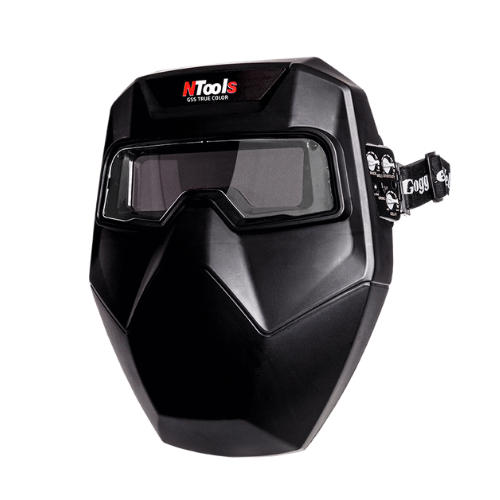
Welders are exposed to intense light and thermal radiation, making proper eye protection absolutely critical.
Welding glasses are equipped with darkened lenses, known as “shades,” specifically designed to block harmful ultraviolet (UV) and infrared (IR) rays.
The shade level you need depends on the type of welding being performed, shade 3 to 5 is suitable for gas welding, while more intense processes like arc or electric welding require shades between 8 and 13.
Wearing the correct shade helps prevent photokeratitis, a painful condition similar to sunburn but affecting the eyes. Always select your welding glasses based on the specific demands of the job to ensure maximum protection.
Digitize Your Workplace Safety
Simplify your WSH processes to stay compliant and audit-ready.Final Thoughts
Safety glasses are a vital part of personal protective equipment (PPE), designed to shield workers’ eyes from common hazards such as flying debris, chemical splashes, dust, and harmful light. With several types available, including safety spectacles, goggles, face shields, visors, and welding glasses, each is suited to different tasks and risk levels.
Choosing the right eye protection depends on your specific work environment and activities. Consistent use of appropriate eyewear, combined with regular safety inspections, is key to preventing injuries and ensuring a safe, compliant workplace.



